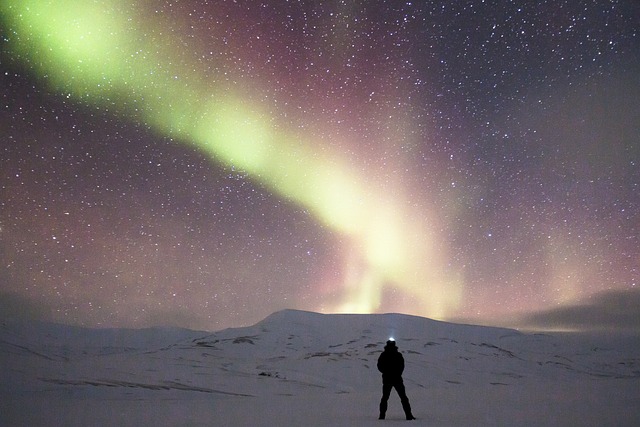
northen-lights
Residents in northern U.S. states, including Washington, Michigan, and Maine, may be in for a rare treat this week as the northern lights, also known as the Aurora Borealis, might make an appearance due to increased solar activity. The mesmerizing display of colorful lights in the sky is expected to occur as a result of the sun nearing the peak of its 11-year solar cycle.
The northern lights, a natural light display typically seen in high-latitude regions near the Arctic and Antarctic, occur when charged particles from the sun collide with gases in Earth’s atmosphere. This interaction creates dazzling waves of colors—usually green, pink, and purple—that dance across the sky. These lights are often seen in countries like Norway, Sweden, and Canada, but under certain conditions, they can extend to lower latitudes.
Solar Activity Behind the Spectacle
The sun operates on an 11-year solar cycle, during which its magnetic field fluctuates, causing varying levels of solar activity. As the sun approaches the peak of its current cycle, known as Solar Cycle 25, we are seeing more solar flares and coronal mass ejections (CMEs). These bursts of energy release charged particles into space, which can sometimes be directed toward Earth. When these particles reach Earth’s magnetic field, they generate geomagnetic storms that can make the northern lights visible at lower latitudes.
This particular event is expected to be triggered by a geomagnetic storm caused by an increased flow of solar particles. While the northern lights are usually visible in regions like Alaska, Iceland, and northern Canada, the surge in solar activity may extend their visibility to states further south, including Washington, Michigan, and Maine.
How and When to Watch
For those in the northern U.S. hoping to catch a glimpse of this celestial spectacle, experts recommend heading outside to a dark area, away from city lights. The best time to view the northern lights is typically between 10 p.m. and 2 a.m. local time. Check weather conditions in your area and look for clear skies to improve your chances of spotting the aurora.
Keep in mind that visibility can be unpredictable. Factors such as cloud cover, light pollution, and the strength of the geomagnetic storm can impact whether or not the northern lights will be visible. Apps and websites that track solar activity and aurora forecasts can be helpful tools for determining the likelihood of seeing the aurora in your location.
A Rare Opportunity
While the northern lights are not a common sight in most parts of the U.S., this event offers a rare opportunity for residents in northern states to witness one of nature’s most spectacular phenomena. With the sun nearing the peak of its solar cycle, we may continue to see more chances for auroras over the coming months.
If you’re located in Washington, Michigan, or Maine, keep an eye on the night sky this week—you just might catch a glimpse of the northern lights.


